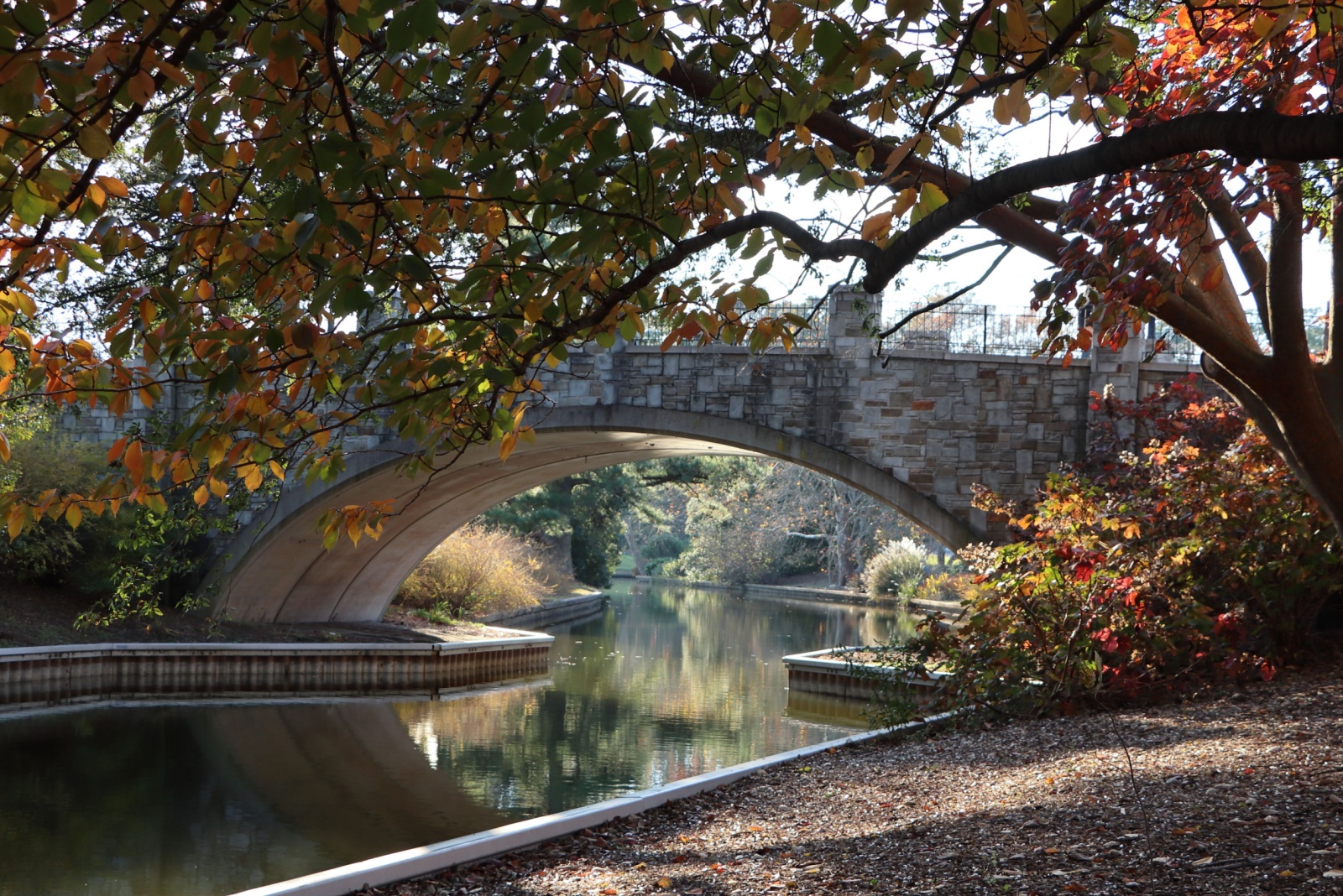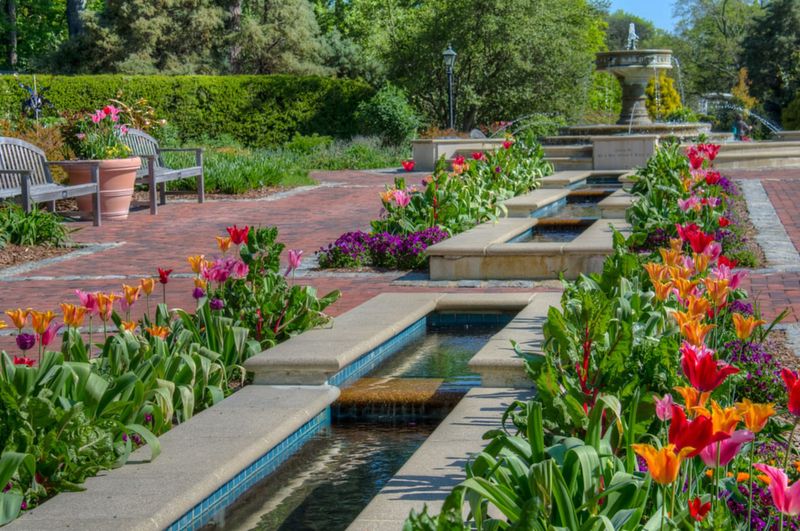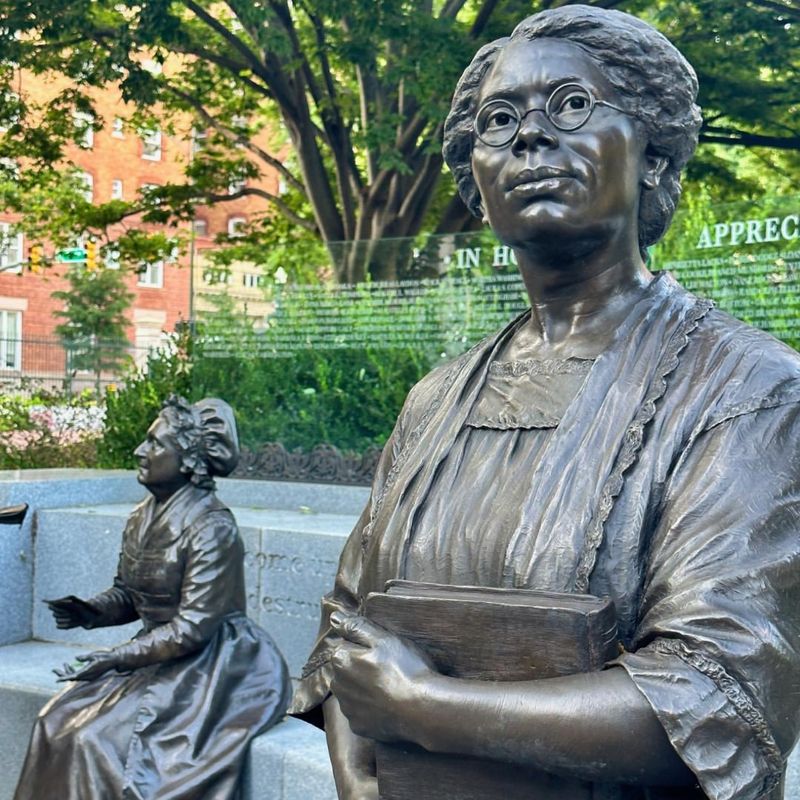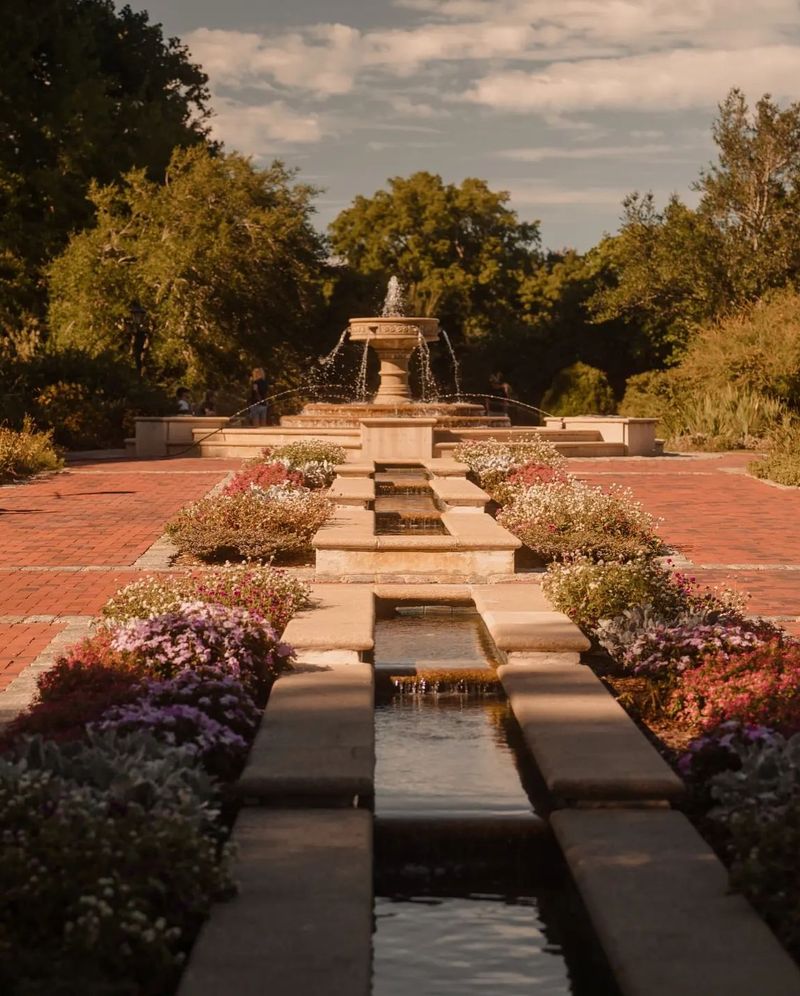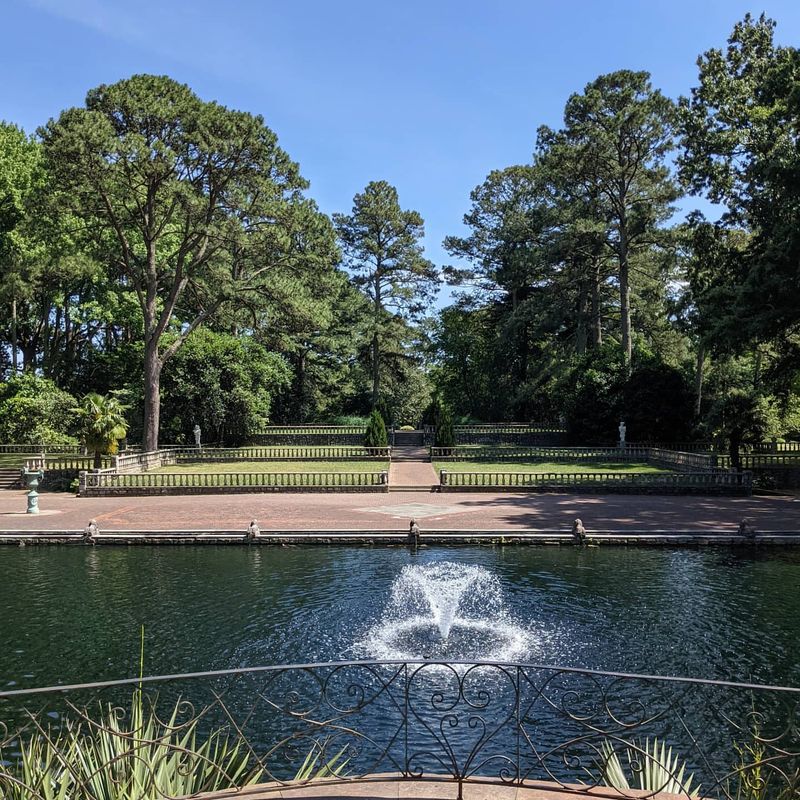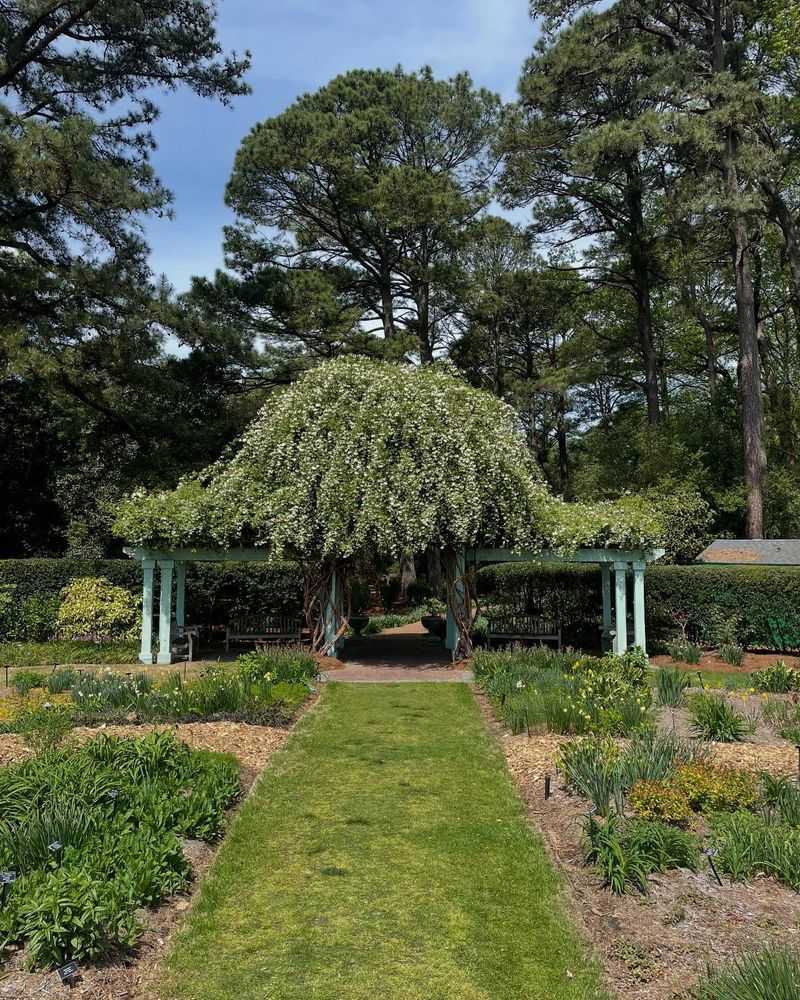The Norfolk Botanical Garden in Virginia stands as a living monument to Depression-era workers who transformed swampy land into a breathtaking paradise. Started in 1938 as a Works Progress Administration project, it provided jobs to 200 African American women and 20 men during tough economic times.
Their backbreaking work created one of America’s most beautiful gardens, blending history and natural beauty in a remarkable way.
1. The WPA Vision Comes To Life
In 1938, Norfolk city manager Thomas P. Thompson secured funds from President Roosevelt’s New Deal program to bring both jobs and beauty to Virginia during the Great Depression. The workers, mostly African American women, earned just 25 cents an hour clearing dense vegetation and planting the first azaleas.
Despite difficult conditions—including mosquitoes, snakes, and swampy terrain—these determined laborers transformed 150 acres of Virginia wetland into what would become a horticultural masterpiece.
2. Azalea Garden Legacy
The very first project tackled by WPA workers was planting 4,000 azaleas, 2,000 rhododendrons, and thousands of other shrubs. Today’s spectacular 75-acre Azalea Garden collection features over 50 varieties that burst into a riot of pink, white, and red blooms each spring.
Many of the original plantings have grown into magnificent specimens, creating living connections to those early workers. Spring visitors can walk the same paths as those pioneering laborers while enjoying their colorful legacy.
3. The Remarkable Women’s Monument
A powerful bronze statue called “The Graceful Gardener” now honors the 200 African American women who built the garden. Created by sculptor Maria Kirby-Smith in 2015, the life-sized figure shows a woman planting an azalea while looking forward with determination.
Surrounding the statue, a memorial plaza features brick pavers inscribed with workers’ names recovered from historical records. Located at Norfolk Botanical Garden in Virginia, this monument finally acknowledges these women’s contributions after their stories went untold for decades.
4. Original WPA Administration Building
Standing proudly near the garden entrance, the charming brick administration building dates back to the WPA era. Its rustic architecture features hand-laid brickwork and wooden beams typical of 1930s public works projects.
Originally housing offices for project supervisors, the building now serves as an education center where visitors learn about the garden’s unique history. Historical photographs on display show workers wielding picks and shovels, bringing the garden’s creation story vividly to life.
5. Renaissance Court And Fountains
Among the garden’s most elegant spaces, the Renaissance Court showcases formal European design principles brought to life by WPA laborers. Geometric pathways frame perfectly symmetrical planting beds around a central fountain that shoots water 15 feet high.
Workers hand-dug the fountain basin and laid intricate stonework without modern equipment. The court’s precise measurements and classical proportions highlight the remarkable skill of these untrained laborers, whose work helped shape one of Virginia’s most sophisticated examples of WPA-era landscape architecture.
6. Original Canal And Waterway System
The garden’s elaborate network of canals represents one of the WPA workers’ greatest engineering feats. Using only shovels and wheelbarrows, they dug miles of waterways to drain the swampy site while creating beautiful water features.
Today, visitors can glide along these historic channels on boat tours that showcase water lilies and native wetland plants. The ingenious drainage system still functions effectively, preventing flooding while supporting diverse aquatic ecosystems that attract herons, turtles, and other wildlife.
7. Historic Tree Collection
Many magnificent trees standing throughout Norfolk Botanical Garden in Virginia were planted by the original WPA workers. Towering bald cypresses, massive live oaks, and stately magnolias have grown from saplings into enduring landmarks over the decades.
Each spring, staff place special markers beside trees from the 1930s to highlight this living connection to the garden’s founders. These trees serve as monuments to the workers’ foresight—planting not just for their own generation but for future visitors who would enjoy their shade and beauty long after the Depression ended.

